Archaeologists Uncover Cluster of Ancient Lost Civilizations
Archaeologists have unearthed remains of ancient civilizations hidden deep within the Amazon rainforest. This discovery can potentially revolutionize our understanding of civilization in the Americas, sparking excitement about the new knowledge that could be revealed.
Using sophisticated LIDAR technology, researchers scanned a vast portion of the forest floor in Ecuador. They found evidence of an ancient settlement that could have been home to as many as 100,000 people over 2,500 years ago.
The Amazon Rainforest
The Amazon rainforest is a complex and diverse ecosystem that extends into several South American nations, including Brazil, Bolivia, Colombia, Ecuador, and Peru.
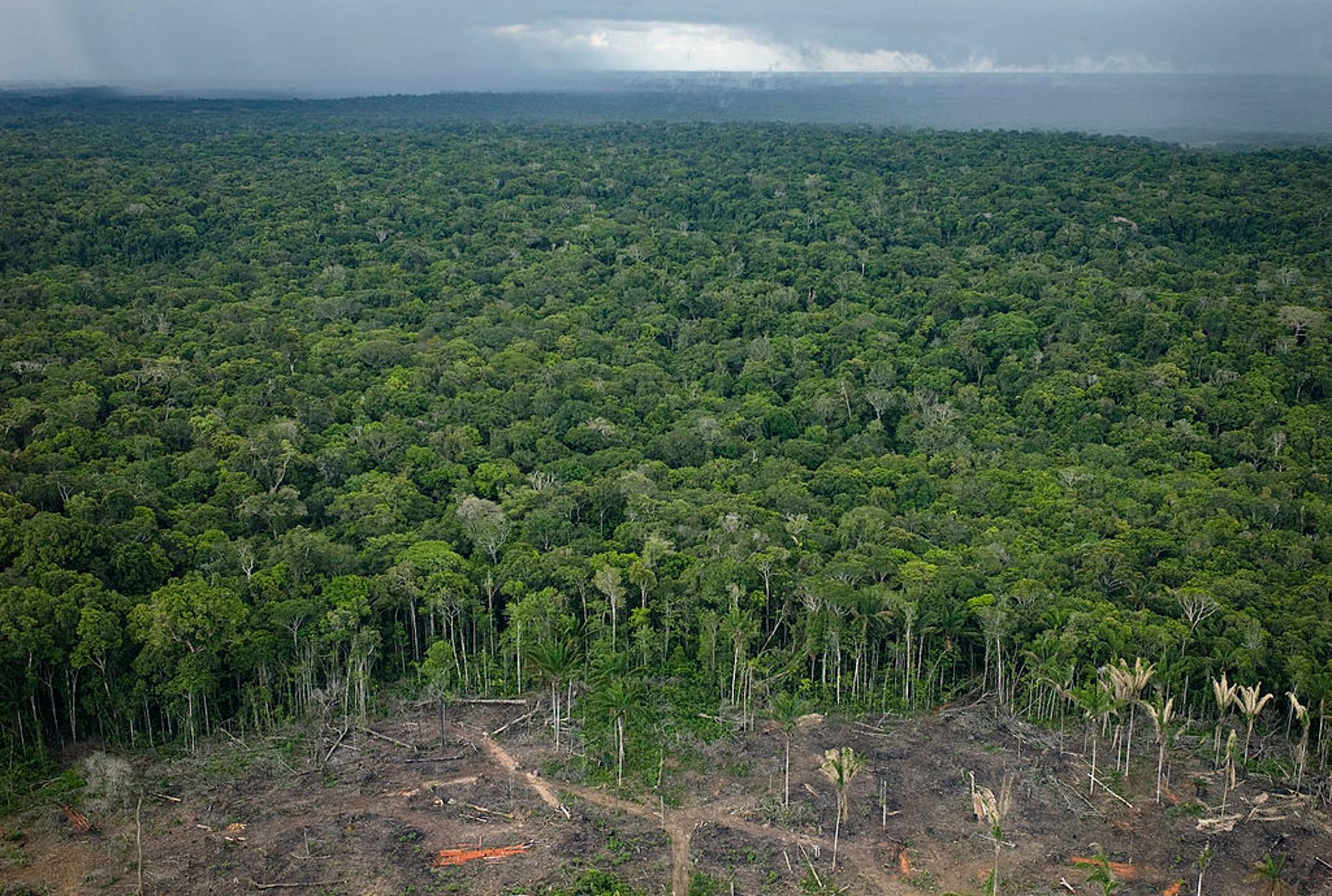
Source: Per-Anders Pettersson/Getty Images
It is the largest tropical rainforest on planet Earth, and shockingly, one of every ten known species in the world is found within the Amazon. The forest spans 5.5 million square kilometers and has remained a safe haven for indigenous groups and wildlife for millennia.
The Ancient Cultures of the Amazon Rainforest
Indigenous groups have thrived in and around the Amazon rainforest for thousands of years. Unlike the Maya, Olmec, and other prosperous cultures that arose in Central America, it has long been suggested that the indigenous groups of the Amazon were simple hunter-gatherers who lived in small communities.
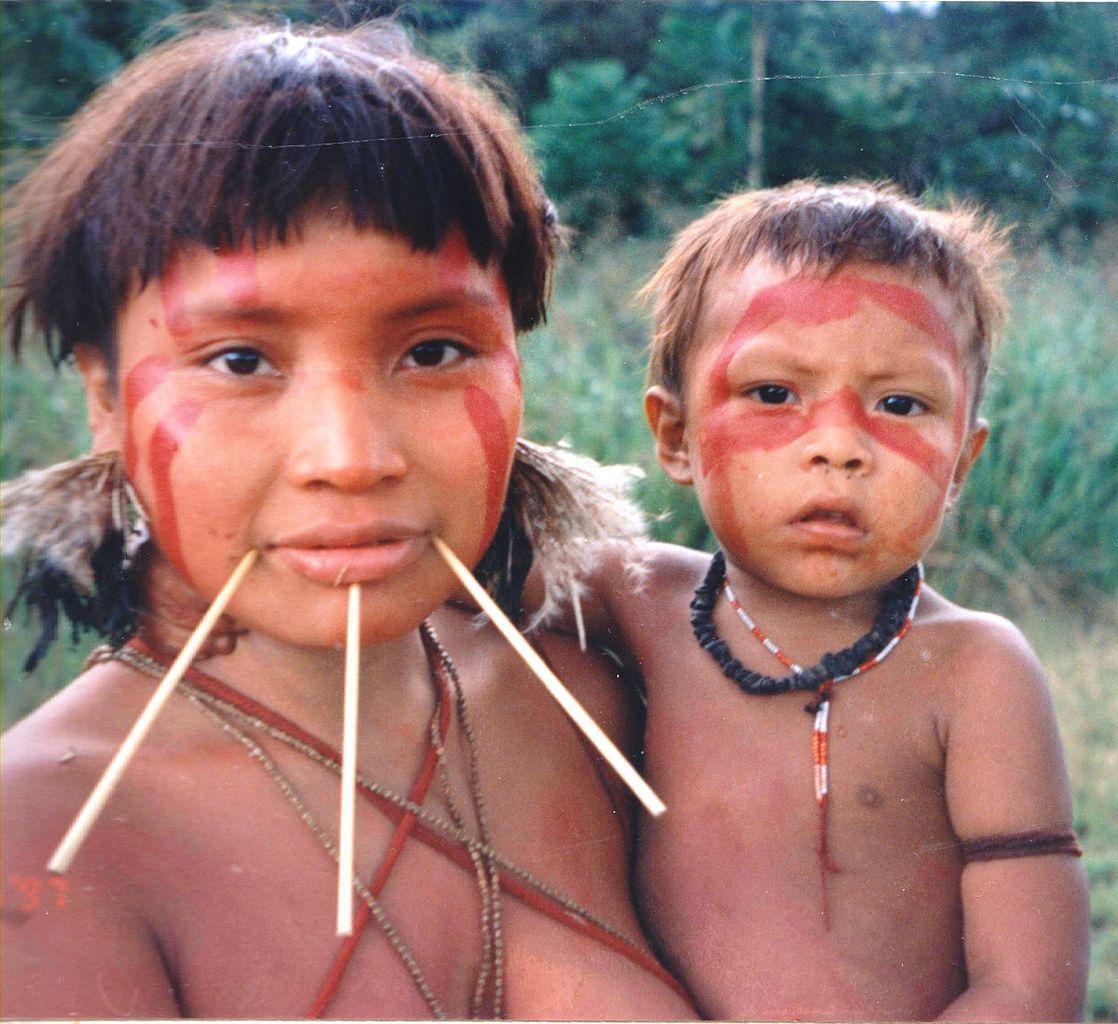
Source: Wikimedia
Yet, a recent discovery by a group of researchers looks set to rewrite the region’s history. It may suggest that these native tribes lived in highly organized and urbanized regions like their northern neighbors.
Researchers Discover Remains of an Ancient City
Due to the thick vegetation and somewhat unforgiving landscape, researchers have long suggested there’s no way the Amazon could have played host to an ancient civilization.
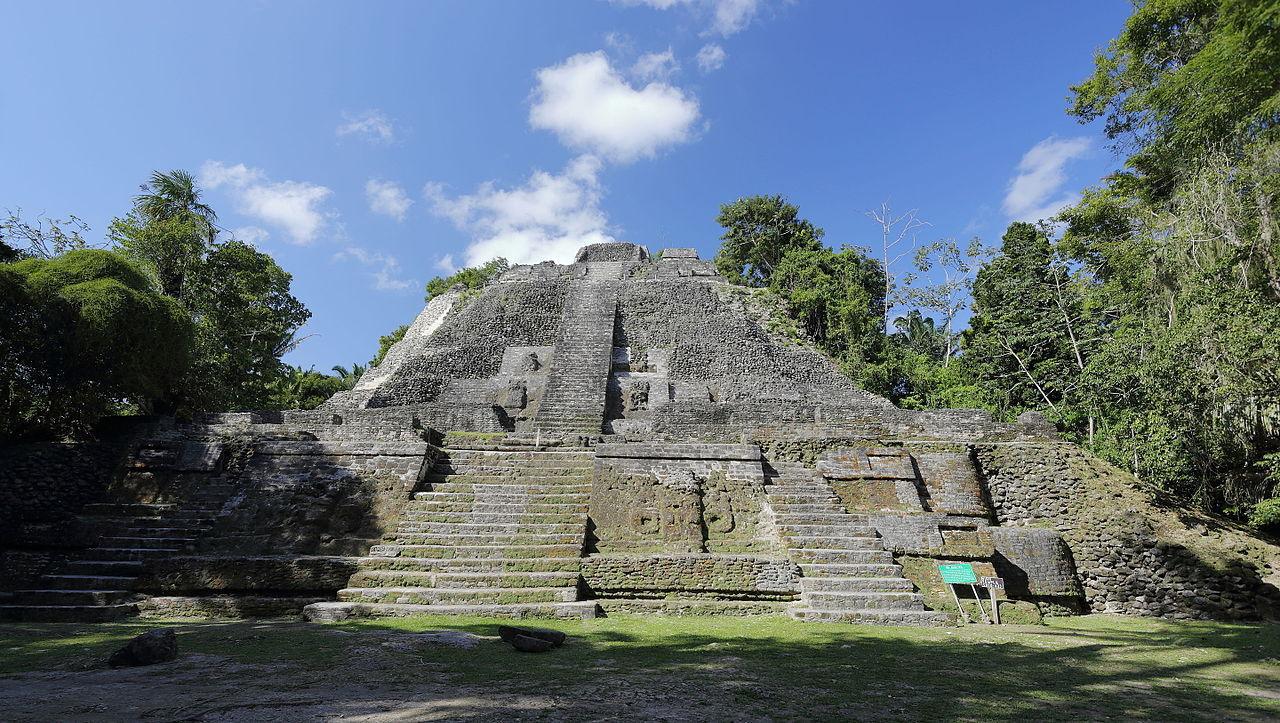
Source: Wikimedia
However, this is exactly what a team of scientists from the French National Center for Scientific Research believe they have come across. According to a recent paper, they have found evidence of an ancient city in the eastern portion of Ecuador’s Upano Valley.
Lidar Unveils City Beneath the Jungle Floor
The researchers used LIDAR, a specific form of technology that allowed the team to scan over 115 square miles of Amazonian forest in Ecuador, not far from the foothills of the Andes.
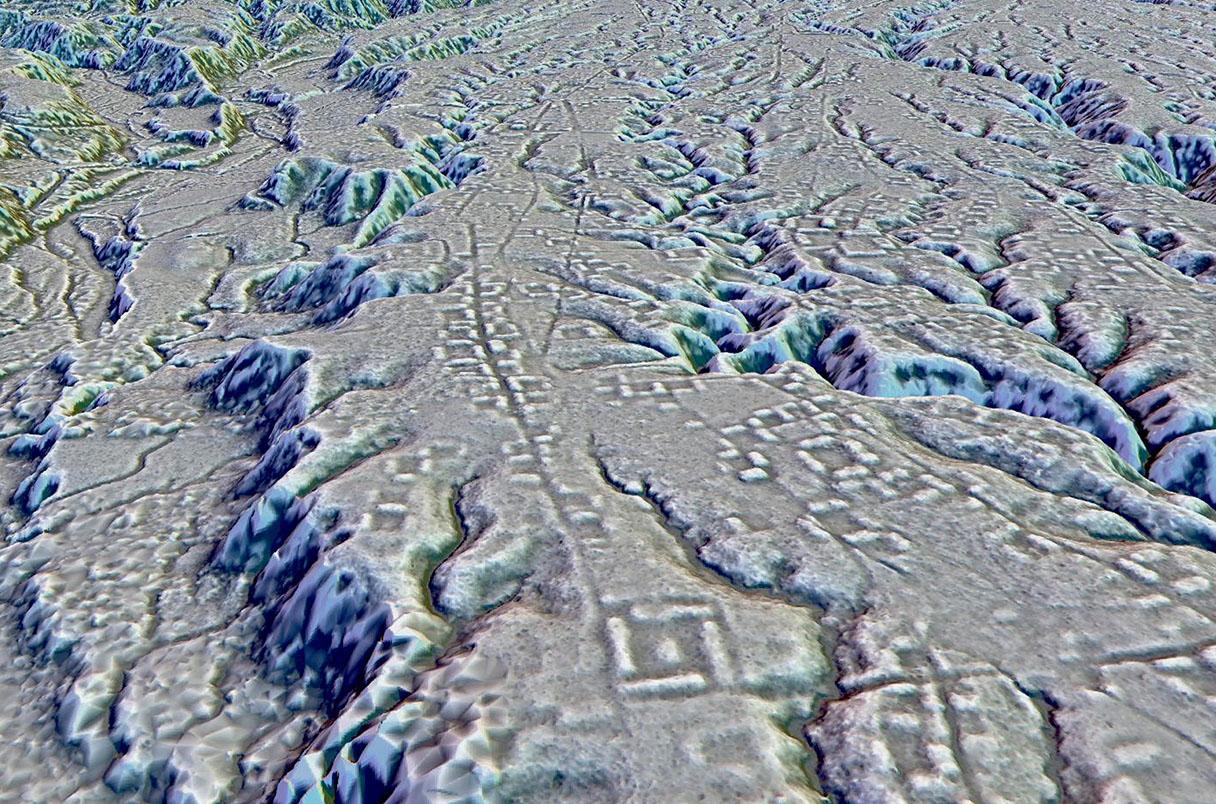
Source: Wikimedia
The researchers found evidence of a 2,500-year-old settlement that may have once held a population of 10,000 to 100,000 people.
Researchers Share Findings in Journal
The research team was led by Stéphen Rostain and published their groundbreaking discovery in the journal Science. It changes the way we see Amazonian cultures,” study co-author Antoine Dorison told the BBC.

Source: Freepik
He continued, “Most people picture small groups, probably naked, living in huts and clearing land—this shows ancient people lived in complicated urban societies.”
Extensive Urban Area Lies Beneath the Canopy
Using the highly sophisticated LIDAR scanning system, researchers penetrated through the thick forest canopy. They observed what appeared to be an urban area complete with platforms, plaas, arranged streets, and a complex road system that extended for over 16 miles.
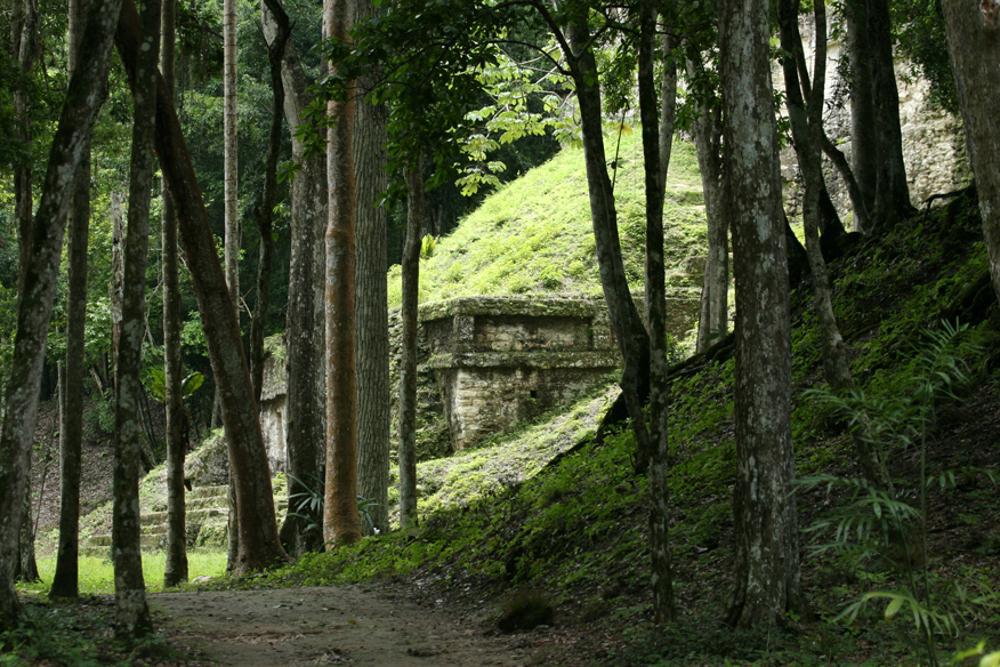
Source: Wikimedia
While the researchers admit they are unsure which ethnic group inhabited the region, they have estimated it peaked between 500 BCE and 300 CE.
The Complexity of the Road System
Speaking on the complexity of the road system, Dorison defined it as a striking feat of engineering from the ancient peoples who lived in the region.
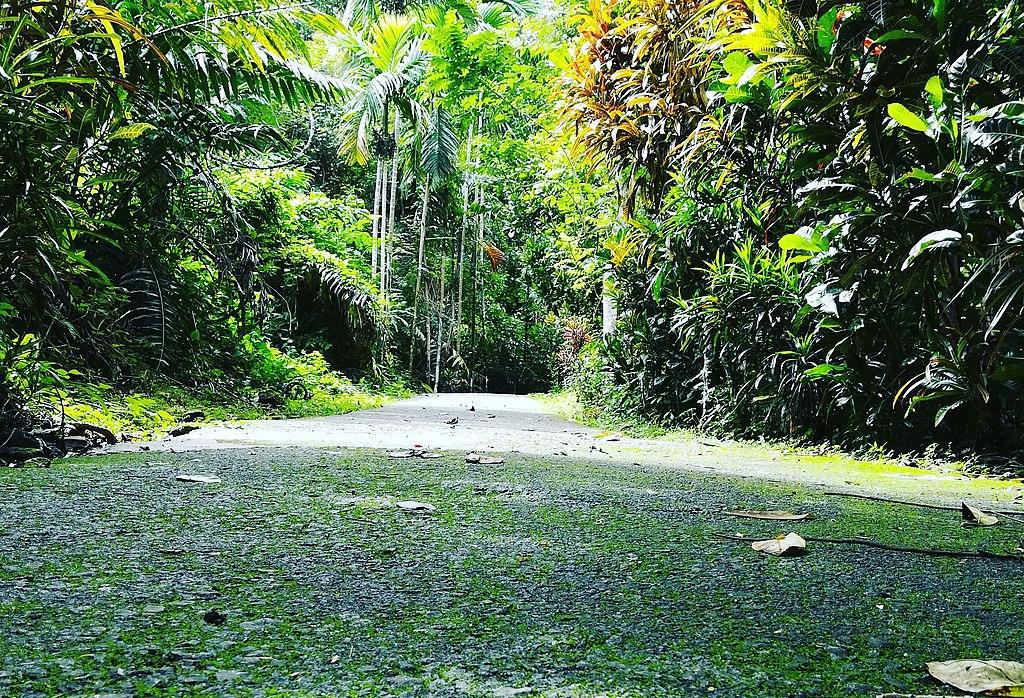
Source: Wikimedia
“The road network is very sophisticated. It extends over a vast distance; everything is connected. And there are right angles, which is very impressive,” he said.
Agriculture in the Jungle
Like other civilizations in the Americas, such as the Maya, the Ecuadorian culture appears to have connected various urban centers through intricate networks.
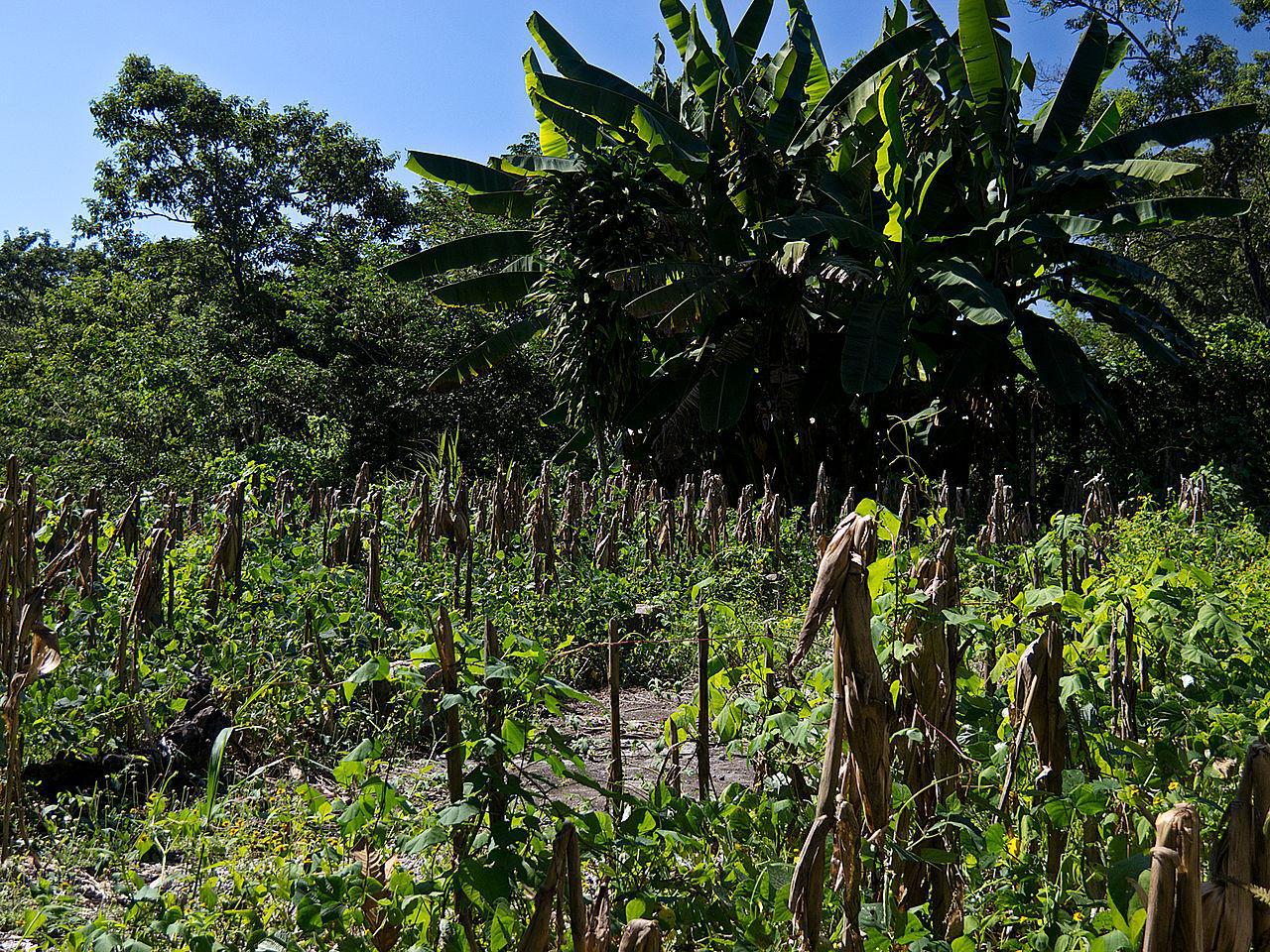
Source: Wikimedia
The civilization also appears to have mastered the art of growing food in the jungle. The LIDAR scans detected traces of cleared plains, which may have been used to grow crops, including corn, beans, and sweet potatoes.
Unknown Civilization of the Amazon
According to José Iriarte, a professor of archaeology at the University of Exeter who was not involved in this research, the unknown civilization is considered South America’s version of the Maya in terms of advancements.
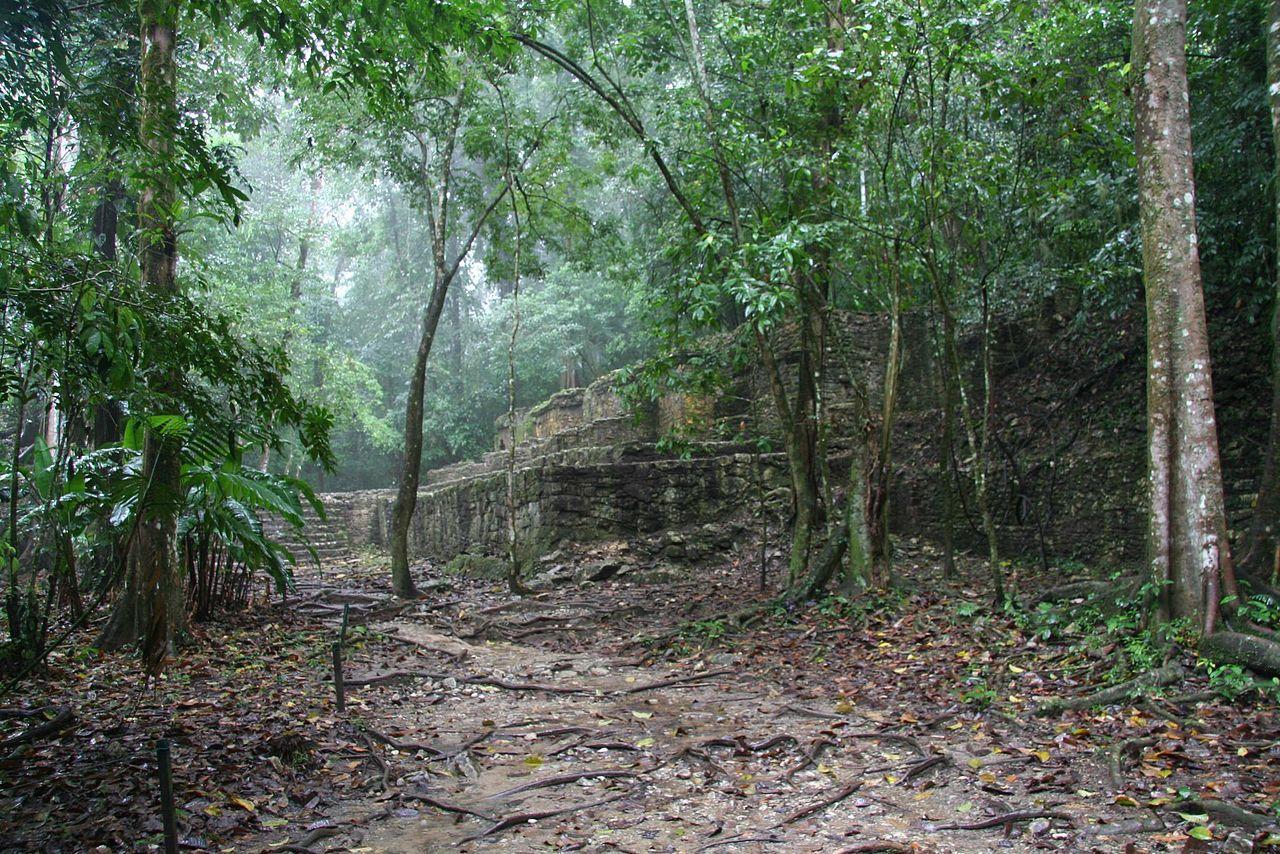
Source: Wikimedia
“Imagine that you discovered another civilization like the Maya, but with completely different architecture, land use, and ceramics,” said Iriarte.
The Importance of the Discovery
A section of the paper detailed the importance of the find, reading: “Such a discovery is another vivid example of the underestimation of Amazonia’s twofold heritage: environmental but also cultural, and therefore Indigenous.”
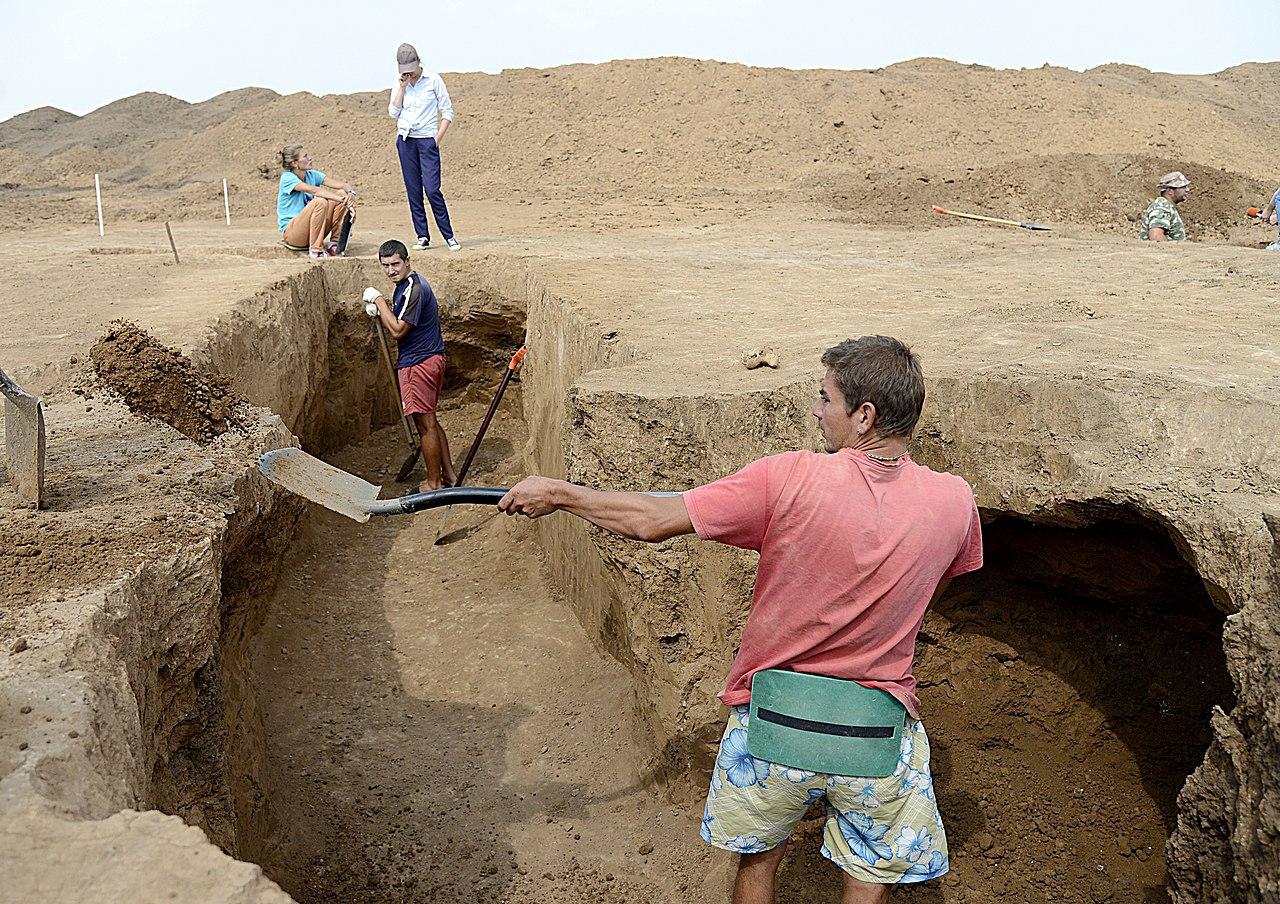
Source: Wikimedia
It continued, “We believe that it is crucial to thoroughly revise our preconceptions of the Amazonian world.”
Future Expeditions to the Site
Now, researchers will plan future expeditions to the site, aiming to take a close look at the region and uncover the mysteries behind this lost civilization.
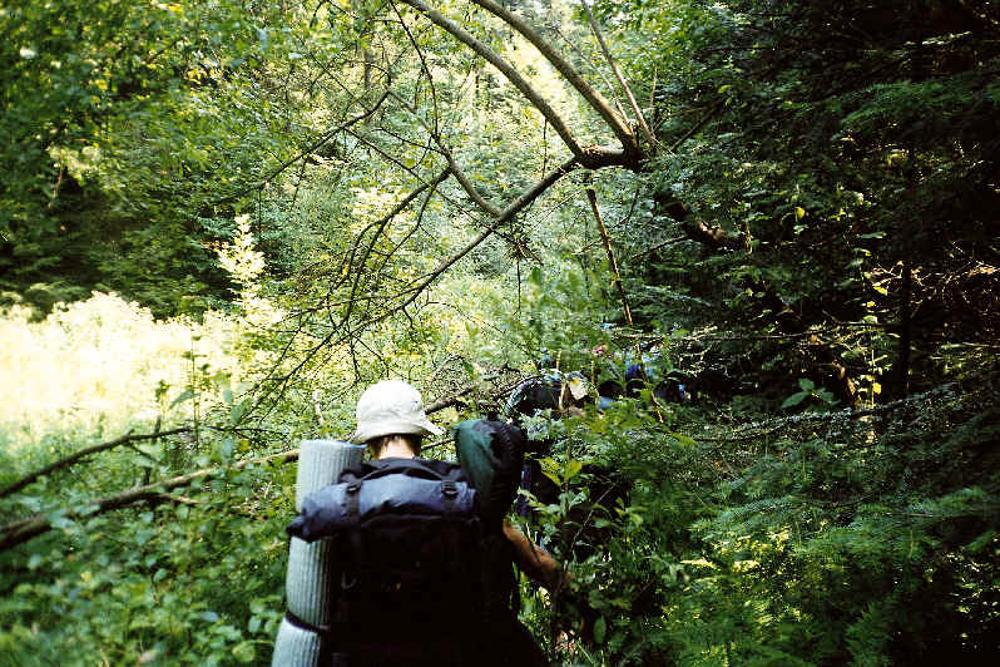
Source: Wikimedia
According to estimates, a staggering 90% of Amazonian history has yet to be accounted for, and future investigations at the site in Ecuador could help researchers better understand the complexity of the cultures that once thrived in the jungle.
